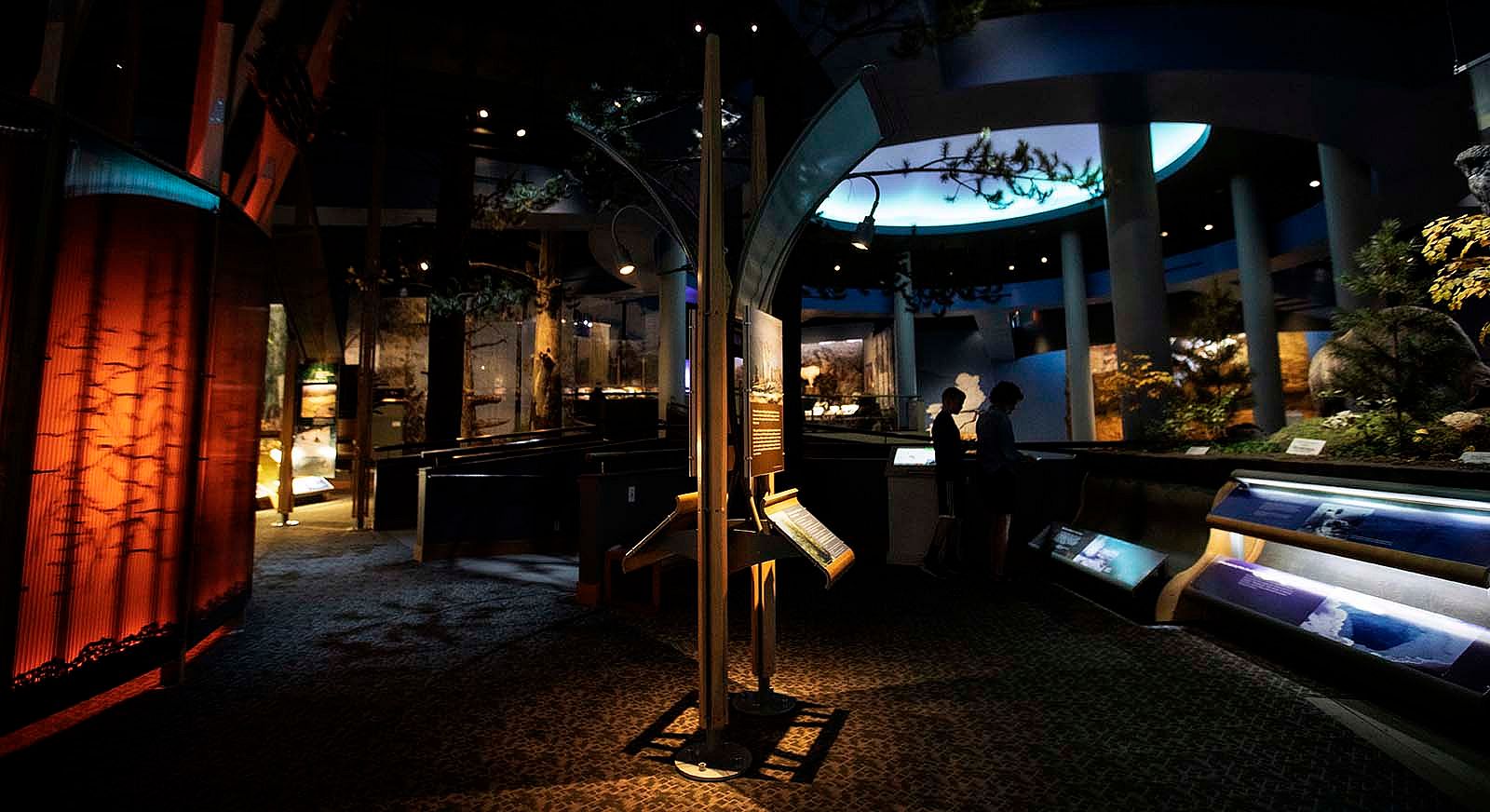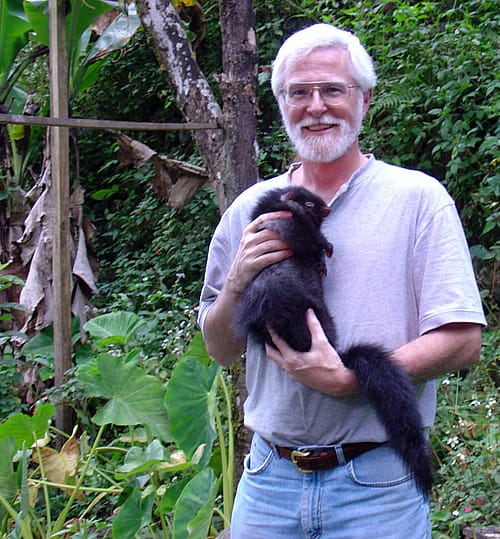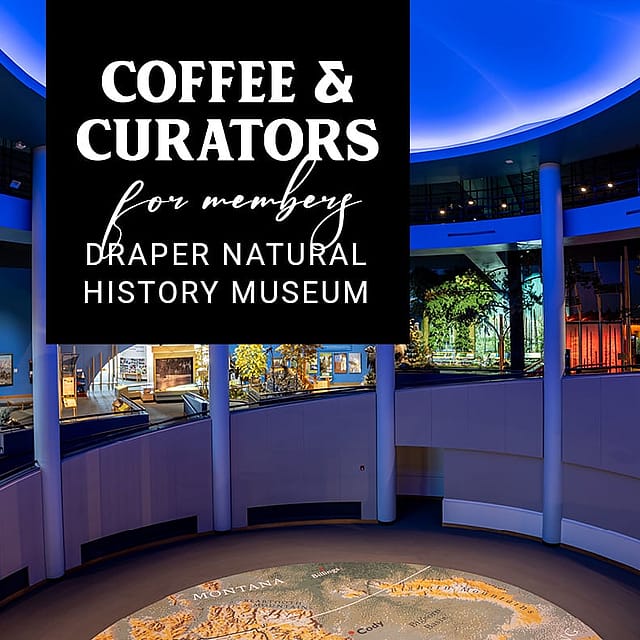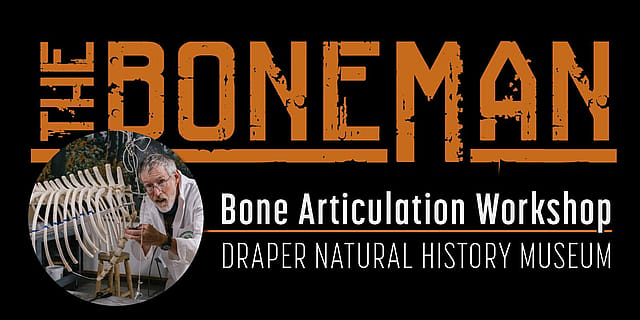
- This event has passed.
Lecture: Mammalian Biodiversity on the Philippine Islands
September 30, 2021 @ 12:00 pm - 1:00 pm MDT

A World Apart: Mammalian Biodiversity on the Philippine Islands
By Lawrence R. Heaney, PhD
September 30, 2021
Noon
Join us a Lunchtime Expedition, A World Apart: Mammalian Biodiversity on the Philippine Islands, presented by Dr. Lawrence R. Heaney, the Negaunee Curator of Mammals at Chicago’s Field Museum of Natural History.
The Philippine Islands have the world’s greatest concentration of unique mammalian diversity—more than 220 species are now known. Much of what we know about this exceptional fauna has developed in recent years through a combination of old-fashioned field research and modern genetic studies. Rare events, including rafting from the Asian mainland beginning about 15 million years ago, have allowed several groups of small mammals to diversify greatly, producing many highly distinctive animals that occur nowhere else.

The discovery of more than 40 previously unknown species of mammals has produced unexpected insights into the processes that produce diversity of mammals world-wide, and has also had substantial impact on promoting conservation in this heavily deforested tropical country.
About our speaker
Lawrence Heaney developed his twin interests in the biology of mammals and the evolution of biological diversity on islands at an early age, while working as a volunteer and assistant in the Division of Mammals at the Smithsonian Institution’s Museum of Natural History. His project in the Philippines since 1981, conducted in collaboration with museums, universities, conservation organizations, and government agencies, has contributed substantially to the establishment of dozens of national parks and to the founding of the Biodiversity Conservation Society of the Philippines. In addition to his position with the Field Museum, Heaney teaches and advises students at the University of Chicago and University of the Philippines, and is a Research Fellow at the Philippine National Museum of Natural History.

